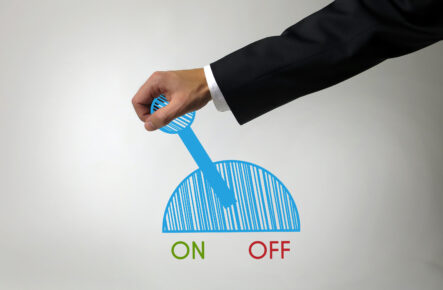This strategy is of particular interest in mature, highly competitive sectors, with a high dependency on technology or which require specific administrative authorisations (e.g. the use of the Internet: ICPE) where, in short, barriers to entry make it difficult for a company to set up or expand its business. Acquisitions or joint ventures of companies allow for faster development in this type of market.
This type of operation can be used to compensate for a delay in innovation or a strategic shift that should have been made at a given moment in the company’s history. Development is then ensured by the integration of expertise that was previously absent within the company. This is one reason why large groups acquire start-ups. In the banking sector, for example, several institutions have recently absorbed companies with strong potential for innovation, in order to reduce their competitive weakness in online banking.
Finally, external growth can prove to be a sound way to develop international activities because it allows the buyer, through the company it is taking over, to understand its new markets better and more quickly.










